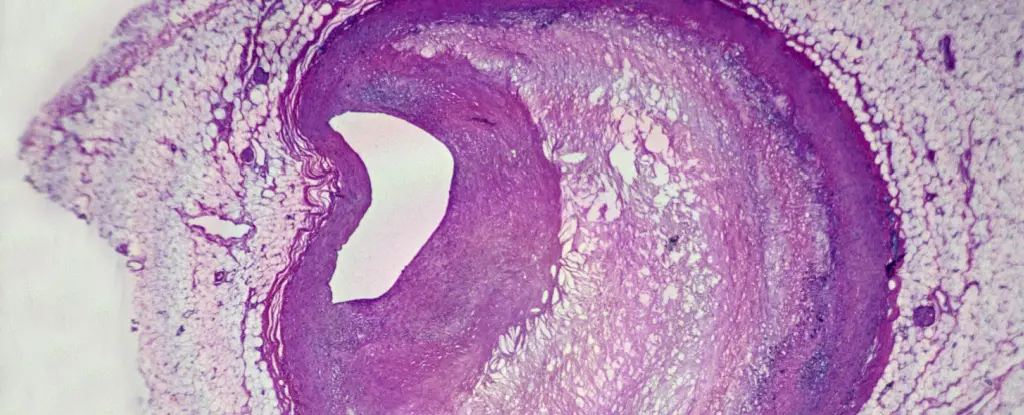Plastics have become a ubiquitous presence in our daily lives, with tiny fragments now being found in major organs such as the placenta. This raises significant concerns about the impact of microplastics on our health. Researchers have conducted various studies to investigate the effects of microplastics on organ replicas and mice. However, the concentrations of microplastics used in these studies may not accurately reflect real-world exposure levels. Furthermore, there is a lack of research on the effects of microplastics in humans.
A small study conducted in Italy in March found microplastic shards in fatty deposits removed from patients who underwent arterial surgery. The study followed these patients for nearly three years to assess their health outcomes. The researchers discovered that a considerable number of patients had polyethylene and polyvinyl chloride (PVC) in their fat-thickened arteries. Polyethylene is commonly used in plastic bags and bottles, while PVC is used in water pipes, flooring, and packaging. The presence of these microplastics in fatty deposits raised concerns about the patients’ heart health.
Studies have shown that microplastics can trigger inflammation and oxidative stress in heart cells, affecting heart function and potentially causing heart damage. Research suggests an increased risk of cardiovascular disease among individuals exposed to plastics-related pollution. Patients with microplastics in their excised plaques were found to be more likely to experience strokes, non-fatal heart attacks, or death compared to those without detectable microplastics. The study used advanced techniques to measure the presence of microplastics and nanoplastics in the tissue samples.
Microplastics were visible in tissue samples under powerful microscopes, with plastic fragments observed inside immune cells and fatty plaques. Patients with microplastics in their plaques showed higher levels of inflammatory markers, indicating a potential link between microplastics and heart health issues. It is essential to note that observational studies like this one cannot definitively conclude that microplastics cause heart-related problems, as other risk factors were not considered in the study.
The discovery of microplastics in human organs poses urgent questions about how to reduce exposure and mitigate potential health risks. With the exponential increase in plastic production over the past few decades, there is a pressing need for more research to understand the relationship between microplastics and cardiovascular diseases. While some parts of the world have seen a decline in rates of cardiovascular disease, the prevalence of microplastics in our bodies necessitates a deeper investigation into their effects on human health.
The presence of microplastics in human organs poses significant challenges to our understanding of the health risks associated with these contaminants. Further research is essential to elucidate the potential impact of microplastics on cardiovascular diseases and other health conditions. It is crucial to address this issue promptly and develop strategies to reduce exposure to microplastics in order to safeguard public health.


Leave a Reply